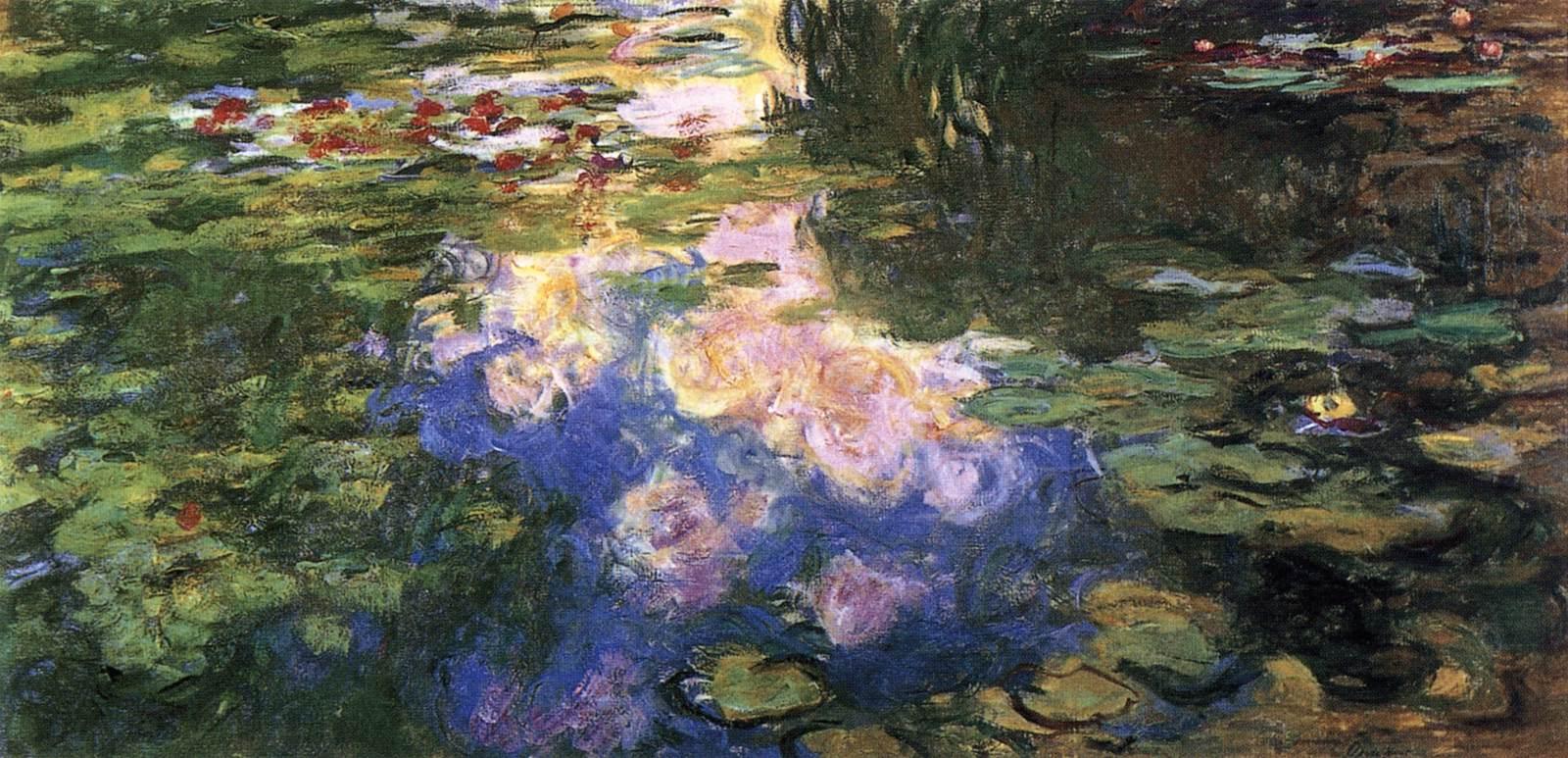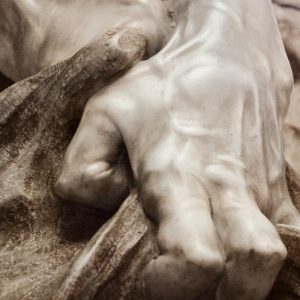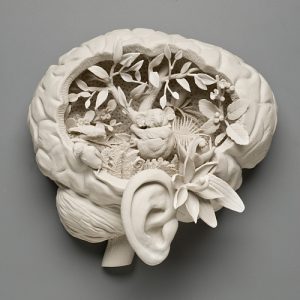Claude Monet’s “water lilies” painting is a marquee example of Impressionism created in 1904 and one of Monet’s most famous. The masterpiece can be found in the Museum of Modern Art André Malraux and was crafted with oil paint. It features a tranquil pond surrounded by lush green trees and grasses, with several water lilies floating on the surface of the pond in soft pastel blues and yellows. The sunlight reflects off the surface of the pond, creating a serene atmosphere that is further accentuated by Monet’s brushstrokes, which are used to create an abstract effect and highlight the beauty of nature.
The painting’s composition is carefully balanced; the contrast between light and dark, as well as between foreground and background, make it aesthetically pleasing to look at. Moreover, the flattened perspective gives the painting depth without detracting from its overall impressionistic style. Through this technique, Monet captures nature in all its glory – including its subtle changes that often go unnoticed – allowing us to appreciate even more how delicate and beautiful it can be.
Monet painted numerous versions of water lilies during his career as an artist; this particular one stands out as it has been crafted with great detail, paying special attention to both light and colour. In fact, some have argued that it was his obsession with capturing perfect colour combinations that drove him to paint so many versions of a single scene. Moreover, through such an iconic work as this one Monet managed to capture not only nature but also his own understanding of it: he believed in capturing moments through observation rather than idealizing them through imagination.











